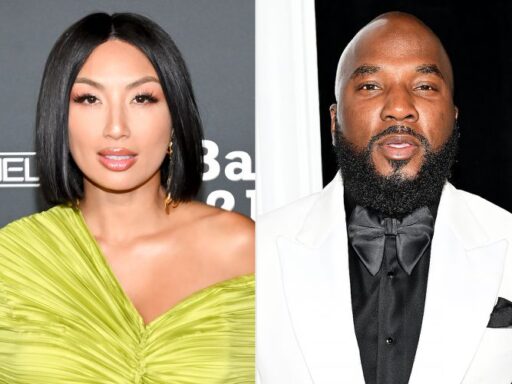
How many times have you gone to Target for one or two things and walked out with two bags and $100 worth of items you didn’t plan on buying?
As it turns out, Target is well aware of what triggers a shopper’s subconscious desire to buy more things — and there’s science behind it.
via People:
This phenomenon has become known to some as the “Target Effect”, with Urban Dictionary—a website which aggregates user-written definitions for slang words and phrases—describing it as “the result of going into a store, intending to buy a few things, and leaving with much more. Frequently happens while shopping at Target.”
However, Refinery29 reports that this phenomenon isn’t just a slang term or Instagram hashtag—experts confirm there’s a scientific reason behind the impulse buying while in chain stores.
Tom Meyvis, a professor of marketing at New York University, told the website that because stores like Walmart and Target have such a large inventory, they can place products strategically to trick your brain into make cross-category associations.
“Stores have an idea about the path [shoppers take],” he said. “Walmart was once famous for doing things like putting like Band-Aids next to fishing hooks and things like that. Something you don’t naturally associate, but once you see them there, it makes sense.”
Kentucky-based psychologist Dr. Kevin Chapman told Refinery29 that another reason Target in particular can make people break out their wallets and pick up more products than they need is because of the store’s happy aesthetic and design style.
Chapman also noted that Target also reaches their customer base through their “Bullseye’s Playground,” which offers discounted products and is typically placed at the front of the store near the checkout. The idea that you’re getting a steal might entice you to throw a few items in your cart even if you don’t actually need them.
He calls this marketing strategy “psychological pricing,” and said that it’s also used in most stores nationwide when the retailer marks their price at $9.99 instead of rounding up to $10.
Target is no stranger to the idea that people typically impulse buy in their stores, and they’ve even leaned into the idea that it’s a part of their brand. Joe Perdew, Target’s Vice President of Store Design told Refinery29 that they understand their customers go to Target for an experience, and enjoy grabbing a coffee to peruse the aisles. “That whole ‘I came in for shampoo and left with two carts full of other things’ phenomenon is real!” Perdew said.
Meyvis added that the tactics used by Target and many other big brands aren’t necessarily considered tricks, and the purchases often bring people joy rather than guilt—assuming they don’t have a major spending problem.
“I don’t want to say that the stores are making us buy things that we don’t want, that we don’t need,” Meyvis says. “These unplanned purchases are often things that we do like and that we do want. We just didn’t think of them.”
Have you ever fallen victim to ‘The Target Effect’? If so, feel free to share your wildest unplanned purchase story.





